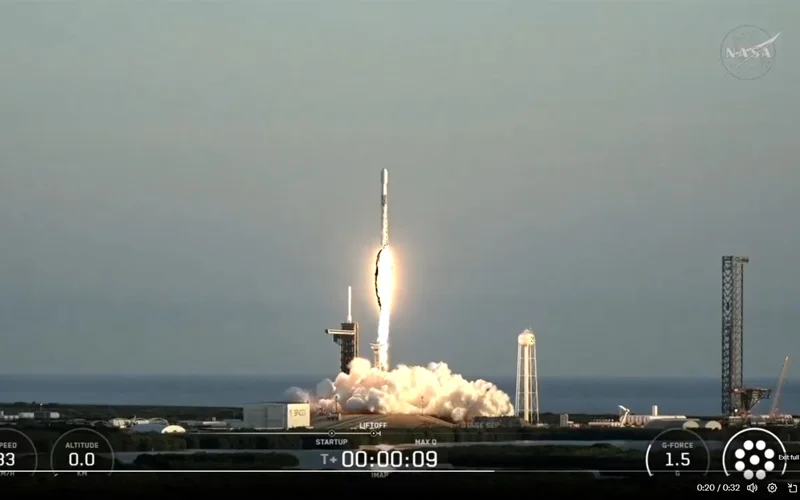NASA launches 3 new space weather missions to study Sun's impact on Earth
NASA launched three new space weather missions on Wednesday, sending them on a million-mile journey to study the Sun's influence on Earth and its space environment, Xinhua reports.

A SpaceX Falcon 9 rocket lifted off at 7:30 a.m. Eastern Time (1130 GMT) from NASA's Kennedy Space Center in the U.S. state of Florida, carrying the trio of spacecraft.
NASA later confirmed that all three missions were successfully deployed and are now en route to their destination at the first Earth-Sun Lagrange point, located about 1 million miles (1.6 million kilometers) from Earth toward the Sun.
The three missions are NASA's Interstellar Mapping and Acceleration Probe, NASA's Carruthers Geocorona Observatory, and Space Weather Follow On-Lagrange 1 spacecraft of the U.S. National Oceanic and Atmospheric Administration.
Each mission will focus on different aspects of the solar wind and space weather, according to NASA. Data collected will improve scientific understanding of the Sun's impact on Earth's habitability, help map our place in the solar system, and enhance efforts to safeguard satellites, astronauts and airline crews from harmful space weather effects, NASA said
Earlier it was reported that NASA satellite imagery revealed a new island off the coast of Alaska that emerged after long-standing glacial ice melted
